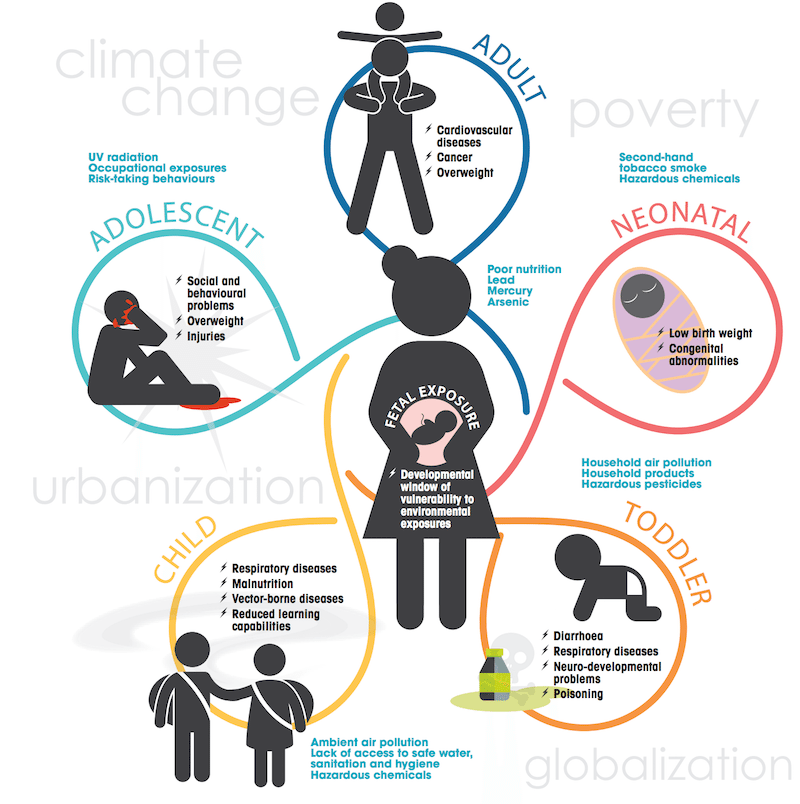

However, further needs were identified, including the possible benefits of a broader and structured approach.

Prior to 2014, the Chiesi Foundation (an Italian nonprofit organization) and Medicus Mundi, Italy supported a number of neonatal training visits to the Saint Camille Hospital Ouagadougou (HOSCO) in Burkina Faso, which resulted in an improvement in neonatal mortality. Burkina Faso is projected to miss the World Health Organization Sustainable Development Goal 3.2 target of reducing neonatal deaths to 12 deaths per 1000 live births by 2030. The government of Burkina Faso introduced free healthcare for pregnant women and children under the age of 5 years in 2016 however, out of pocket payments exist in public hospitals, and parents pay for care in private hospitals. In Burkina Faso, the neonatal mortality rate is currently 25 deaths per 1000 live births, with limited perinatal care playing an important role in neonatal survival. Given the importance of prompt access to quality care for newborns, UNICEF has emphasized two critical steps: increasing access to affordable healthcare, and improving the quality of that care. However, the vast majority are preventable, as more than 80% of newborn deaths are the result of premature birth, perinatal complications, or infections such as sepsis, meningitis, and pneumonia. Ī large proportion of neonatal deaths occurs in low-resource settings, with sub-Saharan African countries accounting for approximately one in three neonatal deaths. Importantly, three quarters of these deaths happen in the first week of life, with the risk being greatest on the day of birth. According to the United Nations Children’s Fund (UNICEF), 2.6 million babies die annually during the first 28 days of life, with a further 2.6 million stillborn.

The neonatal period (defined as the first 28 days of life) is the most vulnerable time in terms of a child’s survival, with mortality during this period accounting for approximately half of the deaths before the age of 5 years. Improving child survival was one of the United Nation’s Millennium Development Goals, and although mortality in those under 5 years of age decreased overall, improvements in neonatal mortality were less marked.


 0 kommentar(er)
0 kommentar(er)
